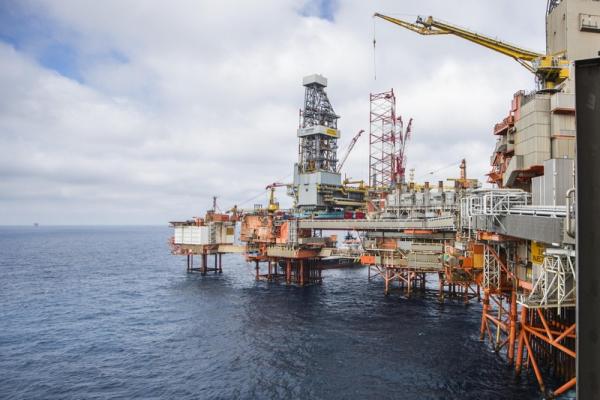By Barani Krishan
Investing.com - $70 oil, checked. Next target $80?
Saudi Arabia's hope since the start of this year has been for a Brent crude price of at least $70 per barrel. The hope came true on Thursday as hedge funds and others long on oil pushed past that resistance after initially holding back on concerns of an unexpected surge in U.S. crude stockpiles last week.
London-traded Brent, the global benchmark for oil, settled up 9 cents, or 0.1%, at $69.40 per barrel on Thursday. It reached a high of $70.03 just before the end of the day's trade.
New York-traded West Texas Intermediate crude settled down 36 cents, or 0.6%, at $62.10 per barrel as traders and investors continued to digest data from Wednesday showing a crude inventory build of 7.2 million barrels last week owing to issues at the Houston Ship Channel that slowed U.S. oil exports.
A fire late last month at a chemical storage facility in the ship channel led to the temporary closure of the hub, disrupting crude exports. U.S. oil shipments, which hit record highs of 3.6 million barrels per day earlier in March, slowed last week to just around 2.72 million bpd. Refinery outages have also slowed oil processing, resulting in less production of gasoline and other fuels, and more stocks of crude. Refineries were operating at below 86.5% capacity last week versus the norm of around 90% at least this time of year.
Also aiding oil sentiment on Thursday was a scheduled meeting between President Donald Trump and China's Vice Premier Liu He at 4:30 P.M. ET, where they were to discuss and possibly announce what could be the outline of a trade deal to end a bitter year of tariff wars between the two giant economies.
Oil bulls are counting on Trump to reveal some energy deals after Thursday's meeting and banish doubts about the trajectory of Chinese oil demand.
The U.S. wanted to set a 2025 target for China to meet trade pledges, Bloomberg reported earlier Thursday. The plan would see China committing to buy more U.S. commodities, including soybeans and energy products, and allow full foreign ownership for U.S. companies operating in China as a binding pledge.
With Thursday's Brent milestone, Saudi Arabia has shown its success in bringing oil prices back from last fall's 40% market crash through aggressive production cuts engineered with its allies in OPEC, as well as 10 other oil producing countries led by Russia. U.S. sanctions on Iranian and Venezuelan oil also tightened the market, helping the Saudis and OPEC achieve their goal.
Year to date, WTI is up 37% and Brent is 29% higher, although still 20% below its 2018 peak of $86.74. Outside of crude, the energy star has been gasoline, rising 49%, while heating oil, a proxy for diesel and other transportation fuels, has gained 20%.
Many expect the Saudis to gun for $80 Brent next, although that would depend much on the global economy and demand for oil.
